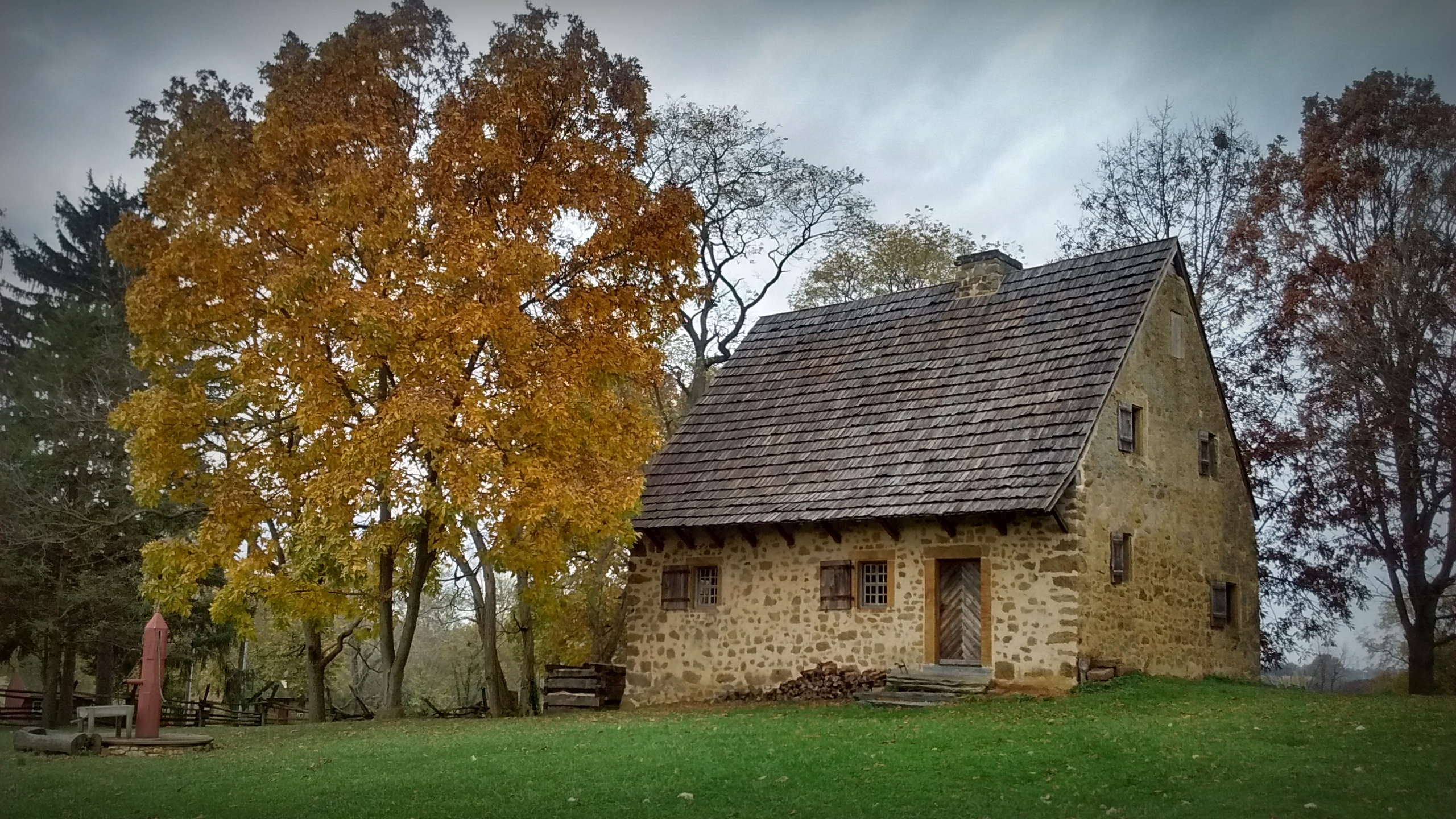Hans Herr House on:
[Wikipedia]
[Google]
[Amazon]
 The Hans Herr House, also known as the Christian Herr House, is a historic home located in West Lampeter Township,
The Hans Herr House, also known as the Christian Herr House, is a historic home located in West Lampeter Township,

HMdb: Herr House Historical Marker
{{DEFAULTSORT:Herr, Hans, House 1719 establishments in Pennsylvania Historic American Buildings Survey in Pennsylvania Historic house museums in Pennsylvania Houses completed in 1719 Houses in Lancaster County, Pennsylvania Houses on the National Register of Historic Places in Pennsylvania Mennonite church buildings in Pennsylvania Museums established in 1974 Museums in Lancaster County, Pennsylvania National Register of Historic Places in Lancaster County, Pennsylvania Mennonite museums Blacksmith shops Historic House Museums of the Pennsylvania Germans
 The Hans Herr House, also known as the Christian Herr House, is a historic home located in West Lampeter Township,
The Hans Herr House, also known as the Christian Herr House, is a historic home located in West Lampeter Township, Lancaster County, Pennsylvania
Lancaster County (; Pennsylvania Dutch: Lengeschder Kaundi), sometimes nicknamed the Garden Spot of America or Pennsylvania Dutch Country, is a county in the Commonwealth of Pennsylvania. It is located in the south central part of Pennsylvania ...
. It was built in 1719, and is a -story, rectangular sandstone
Sandstone is a clastic sedimentary rock composed mainly of sand-sized (0.0625 to 2 mm) silicate grains. Sandstones comprise about 20–25% of all sedimentary rocks.
Most sandstone is composed of quartz or feldspar (both silicat ...
Germanic dwelling. It measures 37 feet, 9 inches, by 30 feet, 10 inches. It is the oldest dwelling in Lancaster County and the oldest Mennonite
Mennonites are groups of Anabaptist Christian church communities of denominations. The name is derived from the founder of the movement, Menno Simons (1496–1561) of Friesland. Through his writings about Reformed Christianity during the R ...
meetinghouse in America. ''Note:'' This includes
Early History
The Hans Herr house was built by the Herr family in 1719 by Christian Herr. The house served as a meetinghouse forMennonites
Mennonites are groups of Anabaptist Christian church communities of denominations. The name is derived from the founder of the movement, Menno Simons (1496–1561) of Friesland. Through his writings about Reformed Christianity during the Radic ...
. The Mennonites who worshipped there formed the nucleus of what became the Willow Street Mennonite Congregation. The house continued to be use as a private residence until about 1900, after which time it was used as storage space.
Restoration
The Hans Herr House was purchased by Lancaster Mennonite Historical Society in 1969. In the early 1970s the property underwent extensive renovations led byIra Landis
Ira David Landis (12 January 1899 - 27 February 1977) was a Mennonite minister, amateur historian, and writer famous for his contributions to the ''Mennonite Research Journal'' and for founding the Lancaster Mennonite Historical Society and Hans ...
to restore it to resemble the original Herr residence. It was listed on the National Register of Historic Places
The National Register of Historic Places (NRHP) is the United States federal government's official list of districts, sites, buildings, structures and objects deemed worthy of preservation for their historical significance or "great artistic ...
in 1971. Following its restoration it became a private museum open to the public in 1974.

Lancaster Longhouse Addition
In 2010 the Lancaster Mennonite Historical Society added the first major addition to the Hans Herr property since the 1700s by building a replica longhouse based on the remnants of one found during the 1969 renovation. The stated purpose for this exhibit was to honor the legacy of theindigenous peoples
Indigenous peoples are culturally distinct ethnic groups whose members are directly descended from the earliest known inhabitants of a particular geographic region and, to some extent, maintain the language and culture of those original people ...
who lived in Lancaster County before the arrival of Anabaptist
Anabaptism (from Neo-Latin , from the Greek : 're-' and 'baptism', german: Täufer, earlier also )Since the middle of the 20th century, the German-speaking world no longer uses the term (translation: "Re-baptizers"), considering it biased. ...
settlers. In 2011, this exhibit was further furnished with a collection of over 200 artifacts found in the area from before the arrival of Europeans.
Architectural Features
The Hans Herr house is known for its unique style and architecture reflecting the German medieval period. Because it was not lived in during the 20th century, it never underwent any modernization, making it a well-preserved historic structure. The building contains numerous architectural characteristics that have their roots in medieval south-German architecture, such as a steeply pitched roof with two attic levels, small asymmetrical windows, a date stone carved into the door lintel, a central chimney, and a staircase where each step is a single pegged into a diagonal beam. The museum complex also houses the Georgian-style 1835 Shaub House, the Victorian-style 1890s Huber House, several barns and outbuildings with animals, exhibit buildings, blacksmith shop, bake-oven, smoke house, and a collection of farm equipment. Exhibits focus on Mennonite history, colonial and Victorian-era farm life, and the Herr family. The museum opened in 1974 and is administered by the Lancaster Mennonite Historical Society.References
External links
* *HMdb: Herr House Historical Marker
{{DEFAULTSORT:Herr, Hans, House 1719 establishments in Pennsylvania Historic American Buildings Survey in Pennsylvania Historic house museums in Pennsylvania Houses completed in 1719 Houses in Lancaster County, Pennsylvania Houses on the National Register of Historic Places in Pennsylvania Mennonite church buildings in Pennsylvania Museums established in 1974 Museums in Lancaster County, Pennsylvania National Register of Historic Places in Lancaster County, Pennsylvania Mennonite museums Blacksmith shops Historic House Museums of the Pennsylvania Germans